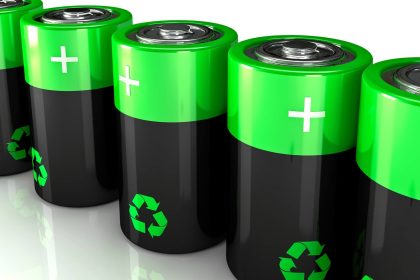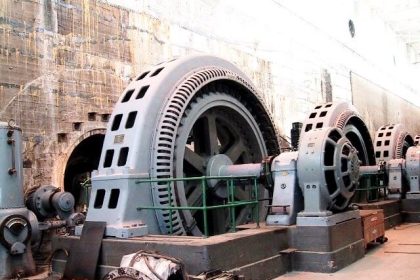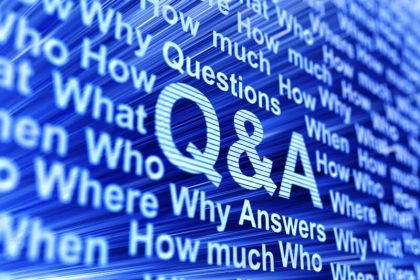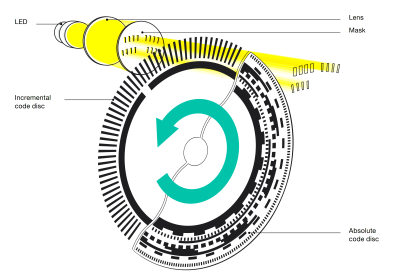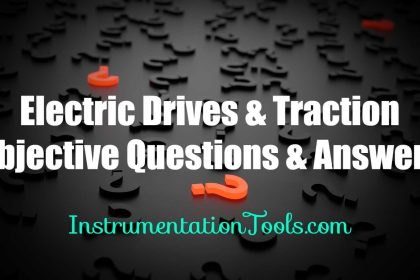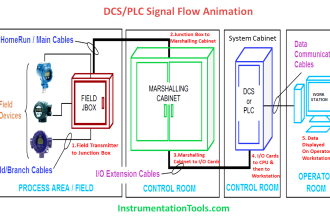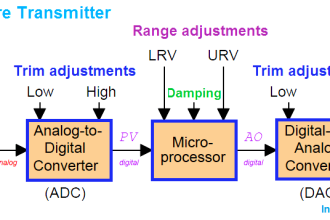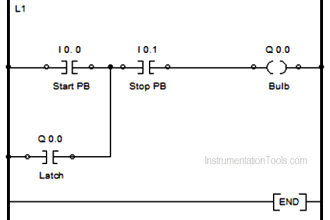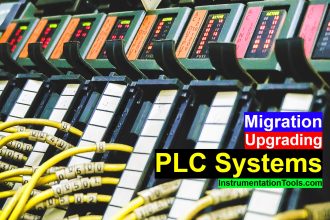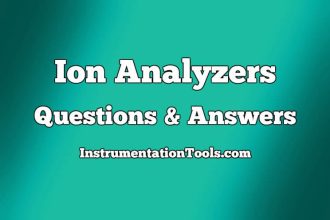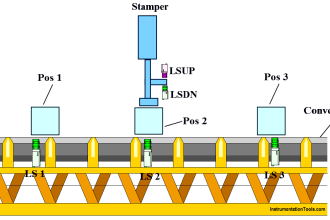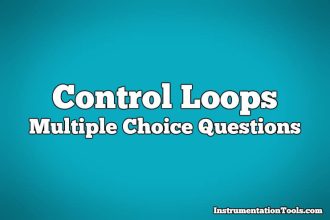[1] What is an ideal transformer?
The ideal transformer should have the following properties:
- It has no losses
- Its windings have zero resistance
- It should have zero leakage flux (100% flux produced by primary links with the secondary)
- Permeability of core is so high that negligible current is required to establish the flux in it.
[2] Why transformers are rated in KVA instead of KW?
- The copper loss (I2R) in the transformer depends on the current through the winding.
- The iron loss or core loss of the transformer core depends on the voltage as frequency of operation is constant.
- None of these losses depends on the power factor(cos Φ) of the load.
- So losses decide the temperature rise and hence the rating of the transformer.
- As the losses depends on V and I only, the rating of the transformer is specified as the product
of these two parameters (V x I). - Thus the transformer rating is in KVA and not in KW.
[3] What are the various losses occur in the transformer
- Hysteresis losses
- Eddy current losses
- Copper Losses
[4] Why is the efficiency of transformers more than that of other rotating machines?
- There are no moving parts in transformer.
- So the friction and mechanical losses are absent in the transformer.
- Thus the efficiency of the transformer is more than that of other rotating machines.
[5] How can the eddy current loss be reduced?
- By using the laminated construction, the eddy current loss can be reduced.
- The path of the eddy currents is broken due to the insulating sheets kept between the laminations.
- This prevents the flow of eddy currents through the core and reduces the eddy current losses.
[6] How are sledging in transformer oil caused?
- While heating if the oil is exposed to oxygen then the reaction takes place.
- Because of this large deposits of dark and heavy material are formed in the oil.
- It is known as sledging of oil.
- These deposits can clog the cooling ducts.
- The sledging is happening due to decomposition of oil with long-term and continuous use.
[7] What are the properties of the oil used in the transformer?
The oil used in the transformer should have the following properties
- Good conductor of heat
- High coefficient of volume expansion
- High insulating strength
- Free from impurities like alkalies, sulphur etc
- Free from moisture content
[8] Define voltage regulation of the transformer?
The regulation is defined as change in the magnitude of the secondary terminal voltage, when full load ie, rated load of specified power factor supplied at rated voltage is reduced to no load, with primary voltage maintained constant expressed as the percentage of the rated terminal voltage.
[9] Define leakage inductance
Inductance provided by the winding due to the leakage flux associated with it is called leakage inductance. It is the ratio of leakage flux linkages with the winding to the current passing through the winding.
[10] What is mean by leakage flux?
Part of primary flux and secondary flux completes the path through air and links with the respected bindings only. Such flux is known as leakage flux. These fluxes link with respective windings only and not to both the windings.
[11] What material is used in the transformer core?
High grade silicon steel laminations are used for the construction of the core.
[12] What happens if DC supply is applied to the transformer?
- If DC supply is given to the transformer, the current will not change due to constant supply.
- So the mutual induction is not possible and thus the transformer will not work.
- The primary winding resistance is very small.
- For DC supply, the primary winding inductive reactance is zero.
- So the primary will draw very high current for dc supply, consequently extra heat generated and thus the transformer get damaged.
- Hence the DC supply should not be applied to the transformer.
[13] What is the application of equivalent circuit of a single phase transformer?
The equivalent circuit is the electrical model of the transformer. Once the equivalent circuit parameters are obtained, then the regulation & efficiency of the transformer at any power factor and load conditions can be obtained without actually loading the transformer.
[14] What is synchronous speed?
For synchronous machines there exists a fixed relationship between number of poles P, frequency f and the speed of the machine. The speed of the synchronous machine for the given number of poles and the rated frequency is called the synchronous speed (Ns)
The expression for synchronous speed is
Ns = 120f/P
f = frequency
P = No of poles of the machine
[15] What is meant by torque? or Define torque?
A turning or twisting force about an axis is defined as torque.
[16] How can we reduce the eddy current loss in the electrical machine?
- By using laminated core construction, the eddy current loss can be reduced.
- The laminated core divides the solid iron core into thin laminations.
- The path of eddy currents is broken due to the insulating material sheets between the laminations.
- Thus the eddy currents and losses generated by them can be minimized.
[17] In DC generators, the series field winding has low resistance while the shunt field winding has high resistance. Why?
- Always the series field winding is connected in series with armature.
- Hence it has to carry the armature current which directly gets decided by the load.
- So the current passing though series field winding is of high level.
- The voltage drop across series field winding gets added to the voltage drop across armature winding while deciding the back emf. This voltage drop must be very small.
- Hence as the current through series field winding is high, in order to keep voltage drop across it to a small value, its resistance is very low.
- The shunt field winding is directly connected across the rated supply voltage hence to limit current through it, resistance is very high.
[18] Explain the principle of the transformer?
The transformer works in the principle of mutual induction.
Mutual Induction:
When two coils are inductively coupled and if current in one coil is changed uniformly then an emf gets induced in the other coil.When the path is closed on the second coil, the induced emf can drive a current on it.
[19] What is transformer?
The transformer is a static piece of apparatus by means of which an electrical power is transformed from one alternating current circuit to another with the desired change in voltage and current without any change in the frequency.
